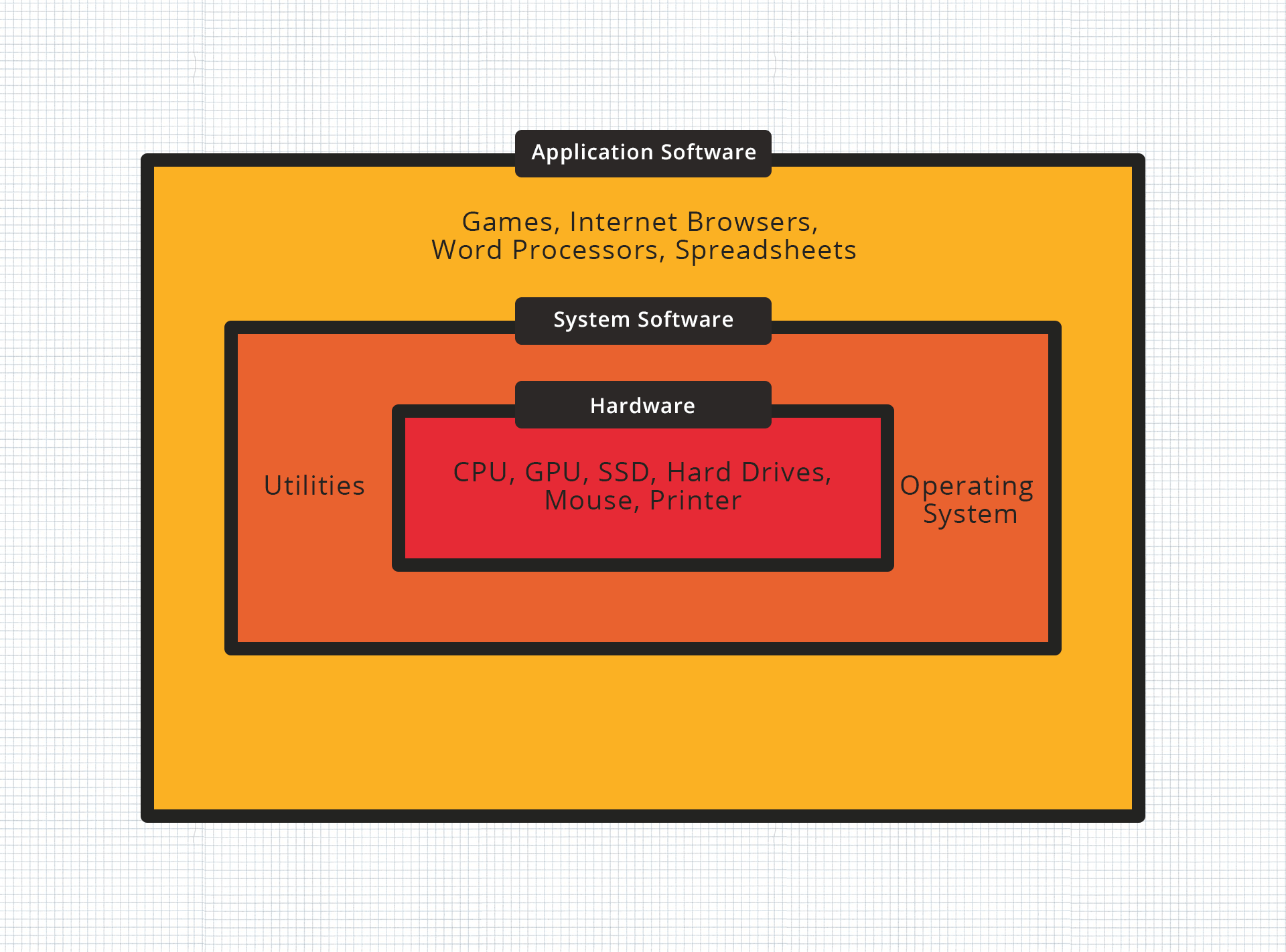You may already be aware that software is a collection of instructions or programs that instruct the computer to perform specific tasks. Software is essentially a term commonly used to describe computer programs. Applications, programs, instructions and scripts are all terms that are often used to describe software as well.
Software can be broken down into two parts: system software and Application software. Here are some basic differences between System Software and Software Application.

System Software
System software works with computer hardware and is either used to directly manage hardware for the purpose of delivering higher-level process services that do not need to know how work is done or run programs that are used to manage access to hardware and higher-level programs that do not need to know why it has to be done in a certain way, just do it.
These applications include system preferences, compilers, assemblers, system services, system utilities, configuration files, function libraries, and hardware drivers installed on your computer.
The system software is also installed when the operating system is installed. Apps such as "System Update" can be utilized to upgrade system software. Even so, the user does not run the system software. For example, you don't use the assembler program while using Microsoft Word.
System software often is referred to as low-level software since it works at the most basic level of the computer. It simply provides an interface that enables the user to interact with the hardware. Computer software is just running in the back, and you're not thinking about it.
System software provides an application software environment and regulates both the computer and the applications on the computer.
Application Software
Application software is running under System Software and is designed to perform a specific task, i.e. Word Processing, Photo editing, etc. which has indirect hardware access.
Examples of Application software programs include word processors, media players, Photo editors and spreadsheets.
Each application has a user interface that makes it easier for users to use the application. Application software can not be installed without system software.
Comparison Table Between System Software vs Application Software
| Software | Application Software |
| In general, system software is developed in a low-level language that is more compatible with system hardware to interact with. | For their development, Application software uses high-level languages. |
| Usually , users don't engage with system software because it operates mostly in background while users work with application software when performing a number of activities. | Generally, the user interacts with the software application. He clicks on something, writes something, or moves something. |
| System software can be run on its own. It provides a platform for other applications to run on. | Application software can not be run on its own. Without the existence of system software, it can't run. |
| System software is used to operate hardware on computers. | Application software is used by the user to perform specific tasks. |
| System software includes programs such as compilers, debuggers, drivers, assemblers, etc. | Examples of Application software include web browser, media player, word processor, etc. |
| When the operating system is installed on your computer, system software will be installed. | Application software is installed in accordance with the requirements of the user. It can be downloaded from the Internet or / and "App Stores" or "Application Manager" |
